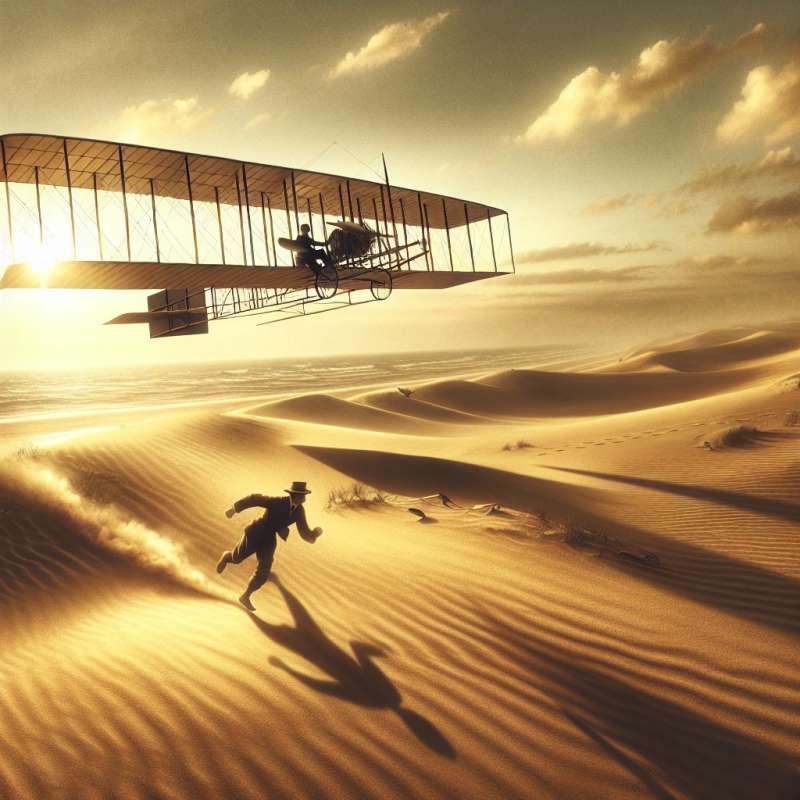
The Wright Brothers' Flight
In 1903, Orville and Wilbur Wright made the first controlled, powered, and sustained heavier-than-air human flight. This 12-second flight in Kitty Hawk, North Carolina, changed transportation forever.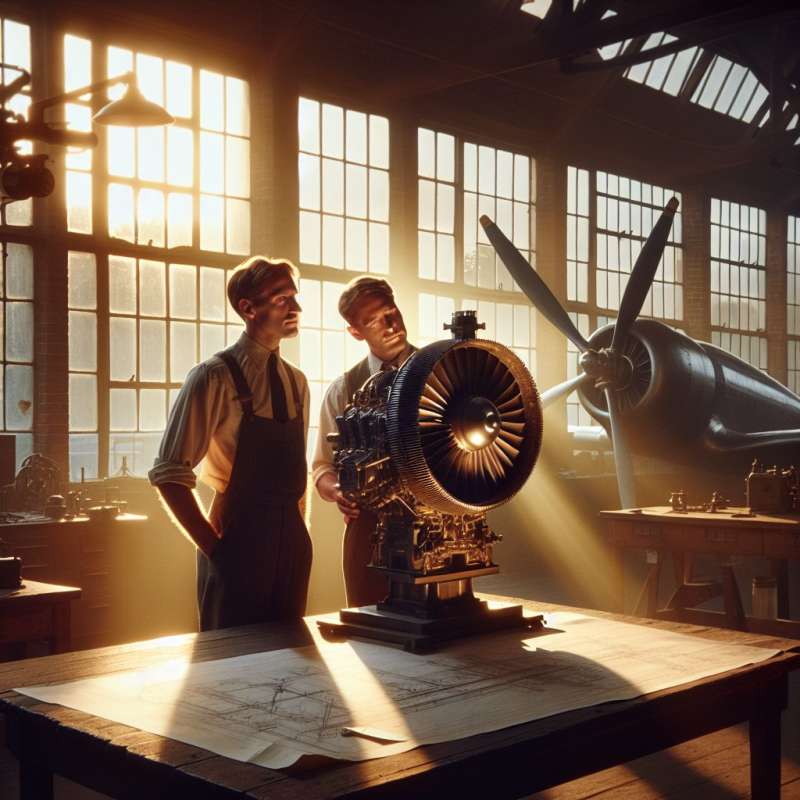
Jet Engine Revolution
The invention of the jet engine in the 1930s by Frank Whittle and Hans von Ohain independently marked a new era. Jet-powered flight meant faster, higher, and farther travel, revolutionizing air transport.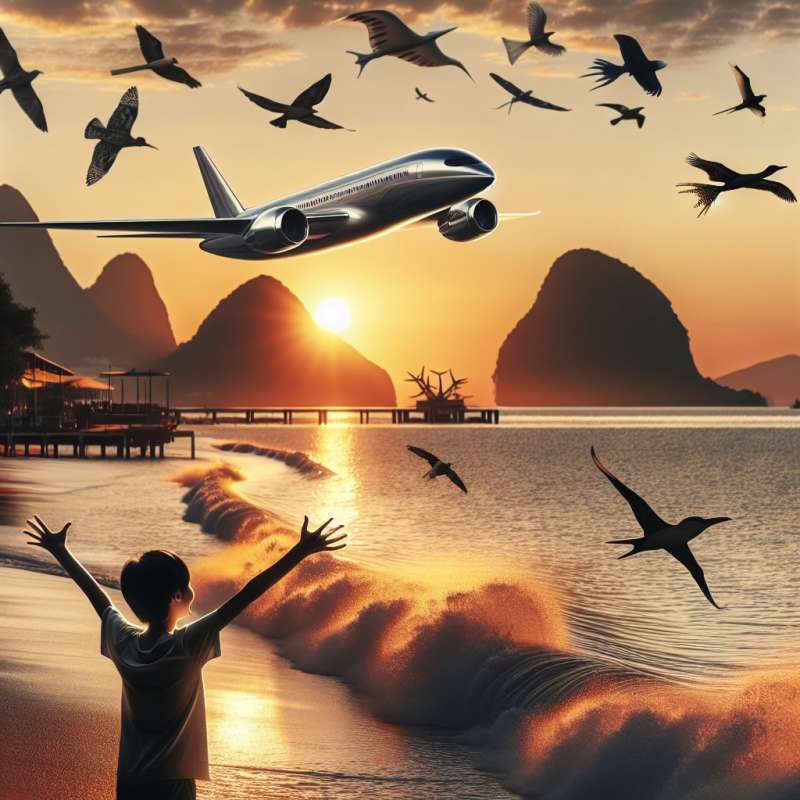
Aerodynamics and Wing Shapes
Different wing shapes affect an aircraft's efficiency, speed, and altitude capabilities. For instance, birds inspired the swept-back design, ideal for high speeds, whereas straight wings support better low-speed control.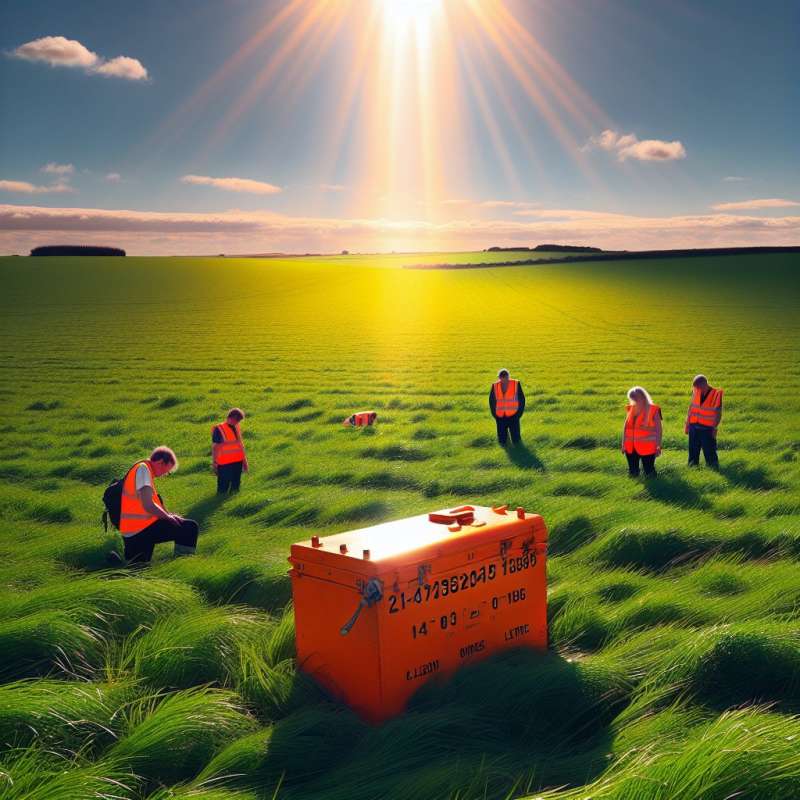
The Black Box Mystery
Aircraft black boxes, or flight recorders, are actually bright orange to aid in their recovery after accidents. They record cockpit conversations and flight data, proving invaluable in post-crash analyses.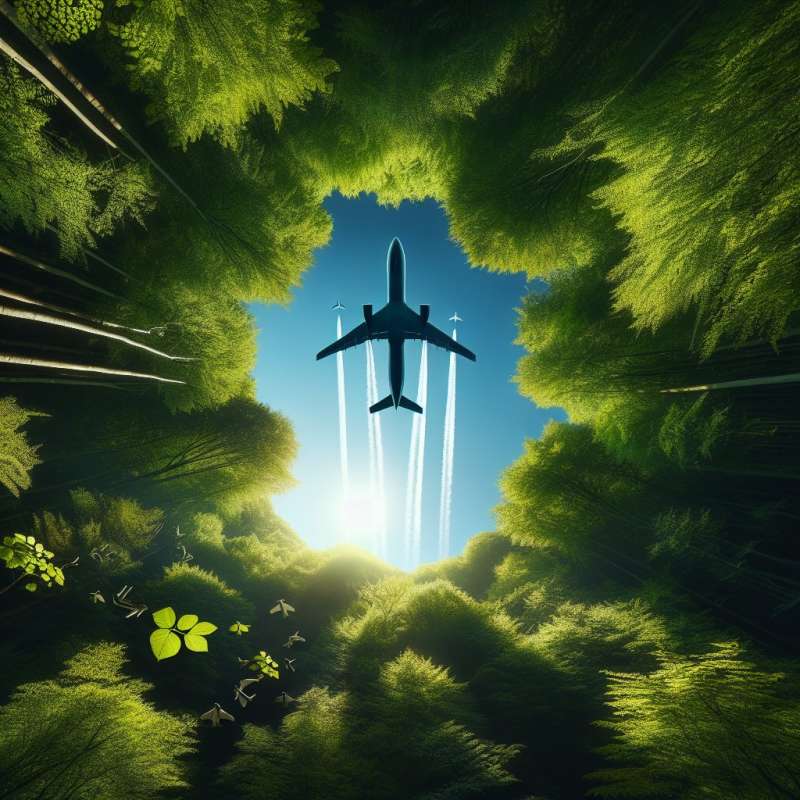
Aviation's Environmental Impact
Despite only contributing about 2-3% of global CO2 emissions, aviation's impact is significant due to other factors like nitrogen oxides and contrails, which also contribute to climate change.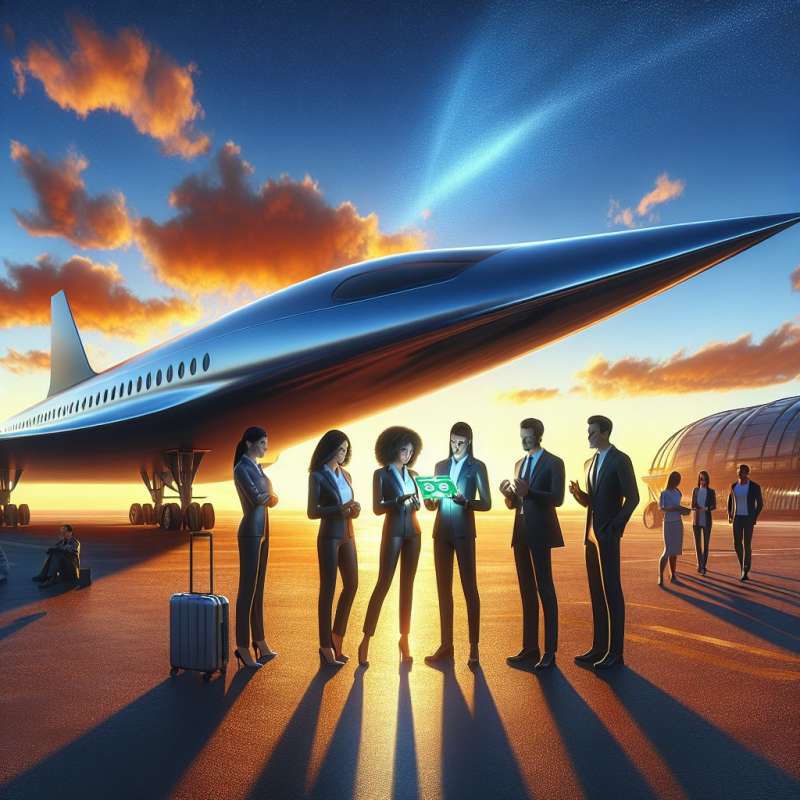
Supersonic Flight Challenge
Supersonic passenger flights were once a reality with the Concorde, but high costs and environmental concerns ended its run. New technologies aim to overcome these challenges for future supersonic travel.
Autopilot System Origins
The first autopilot system, invented by Lawrence Sperry in 1912, was surprisingly simple. It used a gyroscope to maintain a plane's heading and altitude, revolutionizing aircraft control and paving the way for modern automation.
Who flew first powered flight?
Wright Brothers, 1903
Frank Whittle, 1930s
Lawrence Sperry, 1912
Company